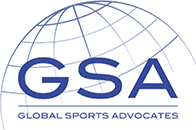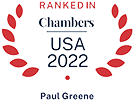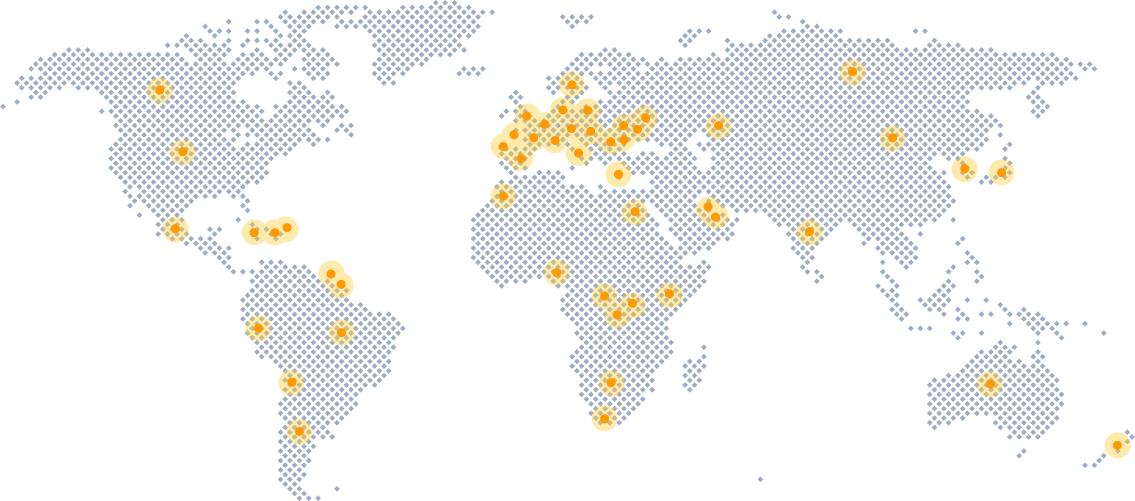Historically, F1 has seen teams with colossal budgets outpace their financially modest counterparts, leading to unequal performance on the track. In 2021, Formula 1 introduced the F1 cost cap in its sport to curb the disparity between the haves and have-nots and create more parity between teams.
Table of Contents: |
![coach and driver discussing the F1 cost cap]() What is the F1 Cost Cap?
What is the F1 Cost Cap?
The F1 cost cap is a financial regulation introduced by Formula 1 to limit the amount teams can spend on designing and operating their cars annually. Beginning in 2021, the cap aims to promote financial sustainability and competitive parity among teams by setting a strict budget threshold. Teams must adhere to the cap, which covers expenditures related to research, development, testing, and race operations, with penalties for exceeding the specified limit
How Much are Teams Allowed to Spend?
The originally planned $175 million cost cap for 2021 was reduced to $145 million in response to the widespread economic turmoil associated with the COVID-19 pandemic. For the 2022 season, the F1 cost cap was reduced to $140 million. It fell to $135 million for 2023 and will be adjusted for inflation in future years. (For reference, before the implementation of the cost cap, the wealthiest teams were spending more than $400 million per season.) Any race F1 adds outside the 21-race calendar will increase the annual cap by $1.1 million.
Teams must submit detailed reports of their spending against the cost cap for the year by the following March.
The full F1 cost cap regulations are available for review on the FIA website.
What the Cost Cap Includes
Expenses tied to car performance, excluding engine-related costs, are subjected to the cost cap. This includes:
- All car components, from the steering wheel to the wheel nuts
- Necessary elements for operating the car
- Most team personnel salaries
- Garage equipment
- Spare parts
- Transportation costs
Several significant expenses are exempt from the cost cap, including:
- Driver salaries
- Compensation for the three highest-paid staff members
- Travel expenses
- Marketing expenditures
- Property and legal costs
- Entry and license fees
- Activities unrelated to F1 or road cars
- Parental and sick leave payments
- Employee bonuses and staff medical benefits
Engines must follow separate cost regulations given their complexity and the varying team approaches to build or buy engines.
Penalties for F1 Cost Cap Violations
The Cost Cap Adjudication Panel, a body of six judges selected by the FIA and the teams, determines penalties for breaching the cost cap.
Cost cap breaches are classified as either minor or material overspends.
- Anything below 5% is considered a minor overspend.
- Exceeding the set amount by 5% constitutes a material overspend.
Penalties for minor breaches and material overspends may include points deductions, race exclusions, financial fines, and wind tunnel testing limitations. However, surpassing the cap by over 5% risks disqualification from the world championship.
All 10 F1 teams successfully adhered to the cost cap in 2022, signaling significant progress toward the financial stability and competitiveness envisioned by the cost cap regulations.
Contact an International Sports Lawyer
If you have been accused of an F1 cost cap violation, please contact our International sports attorneys by clicking the button below or calling us directly at +1-207-747-5899 to schedule a consultation with one of our international sports lawyers.
Regarding F1 cost cap violations, you simply can't afford to take any chances. Not only are your career and reputation at stake—so are your lifelong dreams. Our firm is devoted to sports law and has represented athletes from over 60 countries spanning nearly every sports category. Let our experienced International sports attorney Paul Greene help you protect your ability to compete in the sport you love.

 What is the F1 Cost Cap?
What is the F1 Cost Cap? 


















